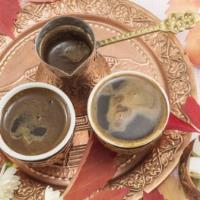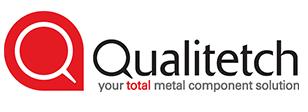 Add My Company
Add My Company
Sign In
Blog: The Importance of Plating
09-11-2015

Here at Qualitetch, we provide a service that utilises various methods and processes to create parts, components and more. For many of our customers, the need to plate or apply a finish to these parts is crucial; whether they are in the aerospace, automotive, defence and aerospace projects, renewable energy or the general electronics industry.
Plating and finishing is used for a number of reasons. Some plating is merely for decoration, while for some, it is a lot more functional. Plating and finishing can protect against corrosion, improve solderability, harden the component or part, increase strength against wear and tear, reduce friction, alter conductivity and shield against radiation; amongst many other uses.
As you can imagine, this process can be critical throughout many industries, and it is one that we take extremely seriously.
We use a broad variety of materials and metals for plating and finishing, which are both technically advanced and of high quality.
GOLD is often used to plate copper items, as it is resistant to corrosion. However, copper can require a barrier, so, often a layer of nickel is placed between the copper and the gold.
SILVER was traditionally used to make cheaper items more attractive, for example, cutlery. It can be used to plate copper, much like the gold. There is often a misunderstanding between the terms silver plate and silver plated. Silver plate indicates a solid silver item, whereas silver plated is thin layers of silver coated over a different material.
COPPER is good for conducting and is often used in electronics and circuit boards. Plating in copper improves a component’s conductivity at a low cost.
TIN is a non-toxic metal that is malleable and good for protection against corrosion. Tin is often used on copper and nickel components and parts.
ZINC is a good material to use in plating if you need to prevent oxidisation. This is especially beneficial in the automotive industry.
RHODIUM is often used to improve appearance where a clearer, whiter colour is needed, particularly with white gold and silver.
CADMIUM is used when a part requires paint adhesion and lubrication. For these reasons, Cadmium is often used in Aerospace and Military Defence industries.
NICKEL presents a shiny and hard finish, making it ideal for many parts, across many industries. Offering lower corrosion, and superior wear and tear resistance, nickel is a cheap alternative to other options.
While this list is not exhaustive for these materials, neither is it comprehensive of the full range of materials that we use for plating. For more information on the processes and materials that we do use, please contact our sales team today.
For more information on Blog: The Importance of Plating talk to Qualitetch Components Ltd
Enquire Now
List your company on FindTheNeedle.

